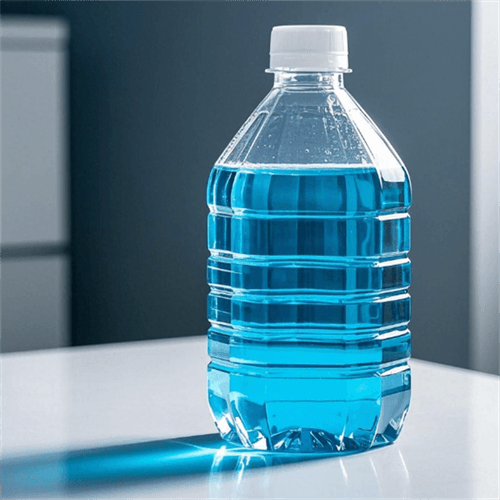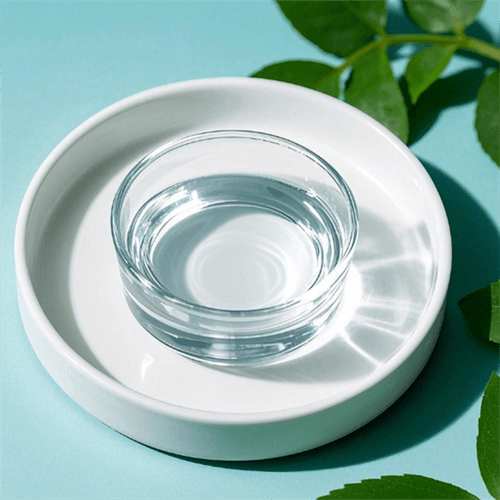
Propylene glycol
Physical Properties
- Appearance: It is a colorless, odorless, hygroscopic and viscous liquid with a slightly sweet taste.
- Solubility: It is miscible with water, ethanol and a variety of organic solvents, and can dissolve many organic compounds and some inorganic compounds.
- Boiling point: 188.2℃, which is relatively high, and it is not easy to volatilize at room temperature.
- Melting point: -60℃, with a low freezing point, and it can still remain in a liquid state at low temperatures.
- Density: Approximately 1.036 g/mL (at 25℃), which is close to the density of water.
Chemical Properties
- Flammability: It is flammable and can burn when exposed to an open flame or high heat.
- Reactions of Hydroxyl Groups: Since the molecule contains two hydroxyl groups, it can undergo a variety of reactions such as esterification, etherification, and oxidation. For example, it can undergo an esterification reaction with an acid to form an ester compound, and an etherification reaction with an alcohol to form an ether, etc.
- Stability: Its chemical properties are relatively stable under normal temperature and pressure. However, it may undergo chemical reactions under conditions such as high temperature, strong acids, and strong alkalis.
Application Approaches
1.Food Industry
Food Additive: It is used as a food emulsifier, stabilizer and preservative, and can be applied in foods such as pastries, breads, ice creams, etc. It can improve the texture and taste of foods and extend the shelf life of foods.

Carrier for flavoring agents: Due to its good solubility and stability, it is often used as a carrier for flavoring agents, helping the flavoring agents to disperse better in foods and enhancing the flavor of foods. (Moist fresh noodle products: noodles, dumpling wrappers, shumai wrappers, wonton wrappers)
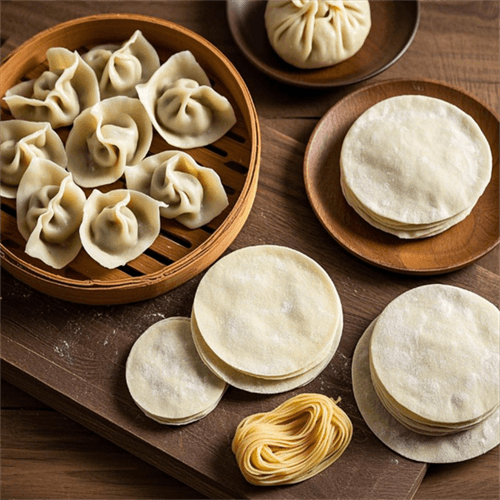
2.Pharmaceutical Industry
Solvent: It is an excellent solvent for many drugs and can dissolve various drug components, such as antibiotics, vitamins, etc. It is used for the preparation of pharmaceuticals like injections, oral liquids, eye drops, etc.
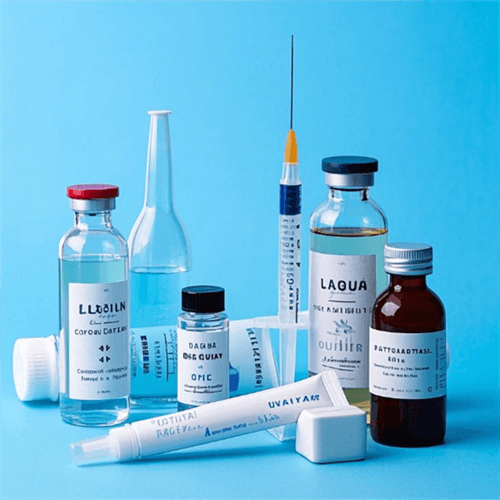
Moisturizer: It has excellent moisturizing properties and can absorb moisture from the air, retaining the moisture of the skin and hair. It makes the skin soft and smooth, preventing dryness and chapping. It is widely used in cosmetics such as face creams, lotions, toners, lip balms, etc., playing the roles of moisturizing, nourishing and regulating the viscosity.
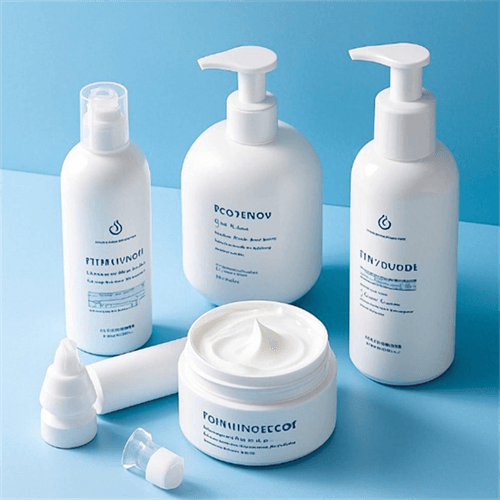
3.Tobacco Industry (to prevent tobacco from drying out and becoming brittle)

4.Plastic Industry: It is used in the production of plastics such as unsaturated polyester resins and polytrimethylene terephthalate (PTT). It can improve the flexibility, heat resistance and water resistance of plastics.

5.Coating and Ink Industry: As a solvent and plasticizer for coatings and inks, it can improve the fluidity, drying property and glossiness of coatings and inks, and enhance the adhesion and flexibility of the coating film.
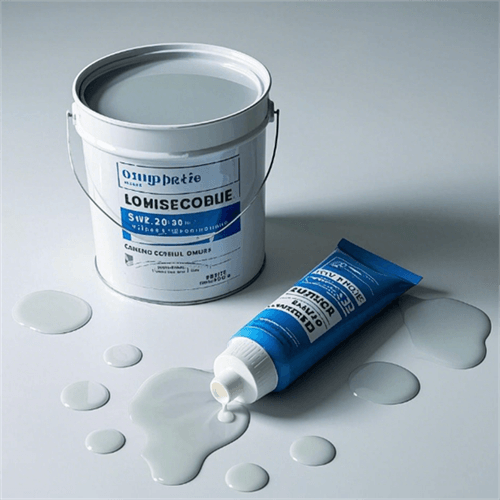
6.Antifreeze and Heat Exchange Medium: After being mixed with water, it can be used as an antifreeze in the cooling system of automobile engines, the chilled water system of central air conditioners, etc. It can lower the freezing point of water and prevent the system from freezing at low temperatures. At the same time, it can also serve as a heat exchange medium to transfer heat during some industrial heating and cooling processes.
